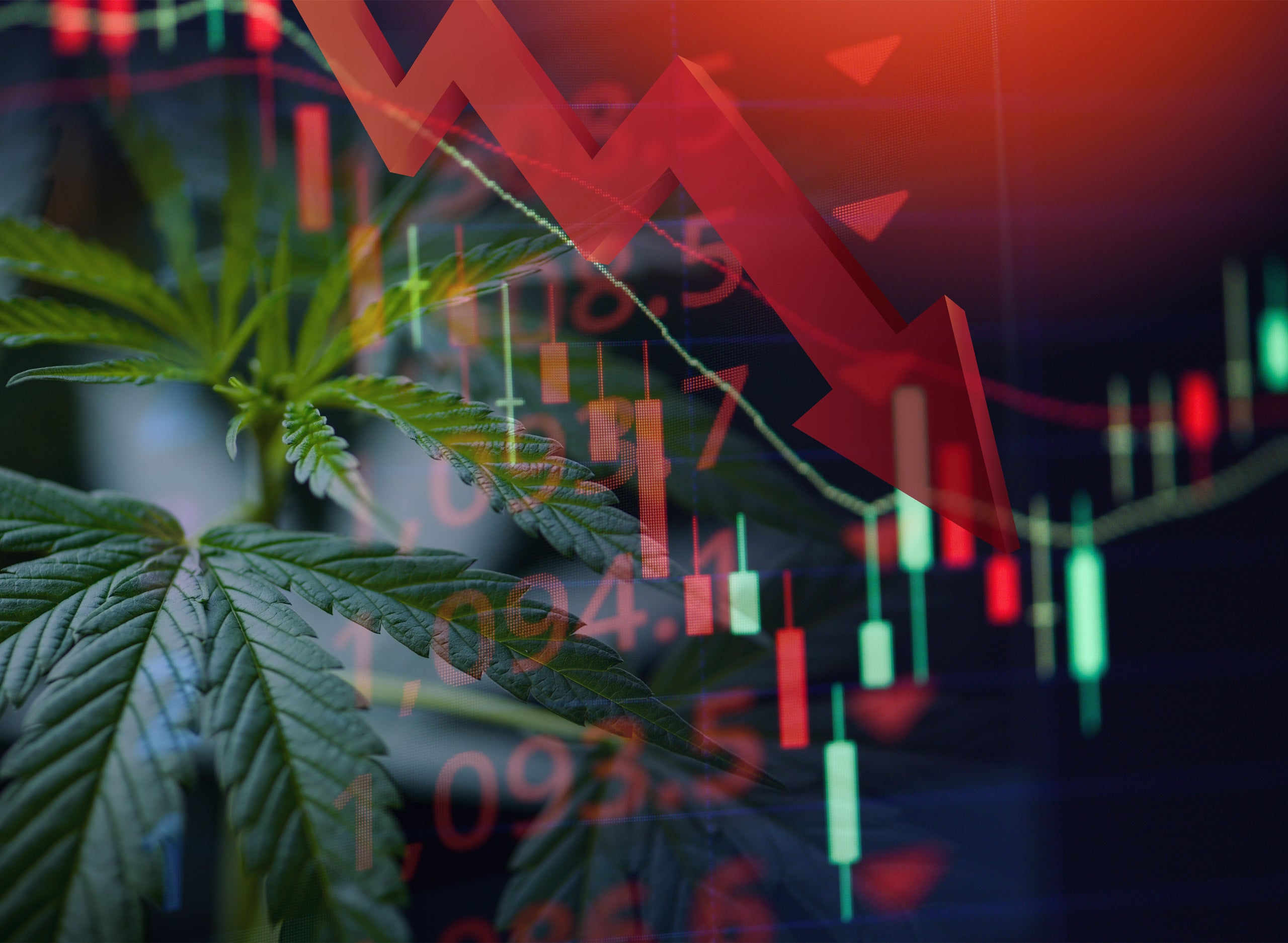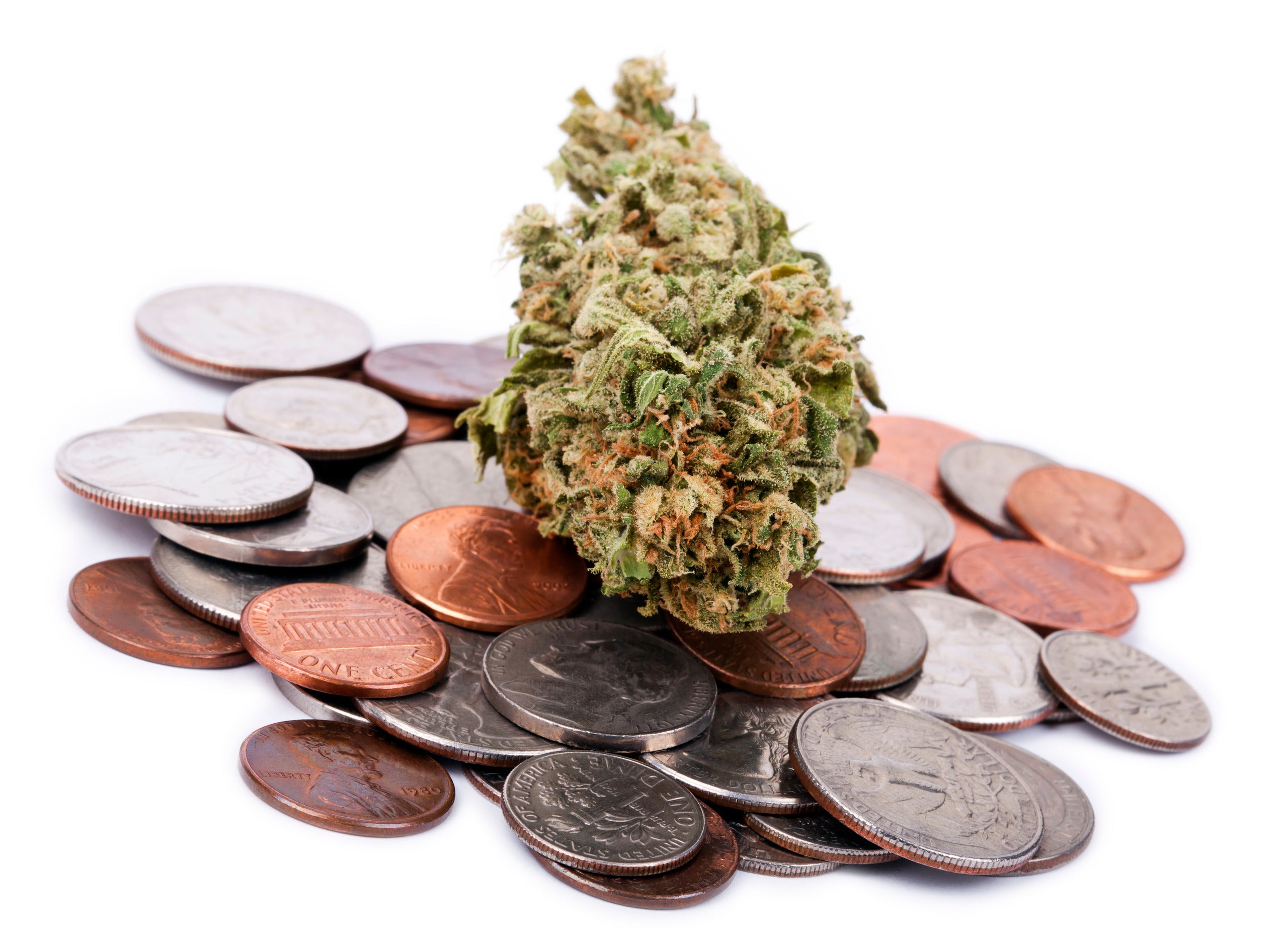With the looming inflation wreaking havoc on virtually every industry, financial experts and industry players are curious to see how it affects the cannabis space. Although consumers are feeling the pinch of inflation with rising commodity prices, such is seemingly not the case for the marijuana sector. Consequently, this begs the question; is the cannabis industry inflation-proof?
What Is Inflation?
Inflation refers to the decline of purchasing power for a given currency over time. Essentially, inflation is the reason why commodity prices continue to rise. This is why a dollar buys you less now than it did 20 years ago.
How Is Inflation Impacting The Cannabis Industry?
Inflation has had various effects on cannabis sales in the last few years. Although no industry is entirely inflation-proof, the weed space has proven resilient and held its own during economic downturns in the past. To understand how inflation has affected the marijuana sector, we must examine two significant factors; price changes and consumer behavior.
Declining Prices
The cannabis market has been substantially affected by 2022’s record inflation rates and supply chain interruptions caused by the Coronavirus pandemic. Despite this, the price of cannabis flower, edibles, and vaping products have dropped in several adult-use states.
Since marijuana is still federally illegal, interstate commerce remains out of the question. As a result, markets are segmented, and industry dynamics are distinct from one state to another. Even so, states like California, Colorado, and Michigan have each experienced more than a 10% decrease in price per gram of THC. What’s more, the average cost of a gram of cannabis in Michigan is $5 less than the national average.
The fundamental cause of this price decrease amid economic instability is industry saturation. Stiff competition, high taxation rates, and undercuts by the illegal weed market prevent cannabis firms from hiking prices. For this reason, numerous producers are forced to accept lower margins instead of passing additional costs to the consumers.
Similarly, growers have been severely affected by the ongoing war in Ukraine and Russia since these two nations export nearly 30% of the world’s fertilizer. Disruptions throughout the conflict and international economic sanctions have drastically decreased these supplies, causing fertilizer prices to skyrocket.
Even so, marijuana companies have found ways to reduce the impact of inflation on their margins. For instance, firms that provide dispensary supplies wholesale have begun streamlining their supply chain operations and negotiating better prices for larger orders to reduce costs.
Consumer Behavior
Generally, there has been a drop in consumer spending in the cannabis sector. According to a recent report, consumer spending on marijuana over the Labor Day weekend was down this year compared to the same holiday period last year. The report indicates a 2% decrease in cannabis sales over the past year, with consumers making fewer purchases in smaller quantities.
As a result, industry experts believe that marijuana brands must focus on distinguishing themselves from the competition to remain relevant in the market. Similarly, having a firm understanding of consumer profiles and paying close attention to price points will go a long way in helping companies position themselves better.
If the inflation worsens, most consumers will likely cut back on their marijuana expenditure. As a result, cannabis companies must find a balance between high production costs and market appeal. Still, professionals within the industry feel that raising prices would be a death sentence for these companies.
Overinvestment In Cannabis Companies
Although no industry can escape the effects of inflation, other factors have also contributed to the current state of the marijuana sector.
During the COVID-19 pandemic, consumers began spending a lot of money on cannabis. This, coupled with the legalization of cannabis in multiple states, were all signs of the golden era of cannabis. Consequently, this led to rapid investments in the weed industry to capitalize on the budding market.
However, after the pandemic, consumer spending began to decline, causing the supply to outweigh the demand for marijuana. As a result, producers have had to reduce the prices of their products to remain competitive.
Bottom Line
While the cannabis industry has proven to be tough amid economic turmoil, it doesn’t mean that it is inflation-proof. Marijuana producers have had to adapt to the situation to prevent pushing customers away. As a result, the record inflation levels have caused weed prices to drop as tokers reduce their consumption to save money.












Leave a comment
All comments are moderated before being published.
This site is protected by reCAPTCHA and the Google Privacy Policy and Terms of Service apply.